Post by King Tairyo Hakai Heiki on May 14, 2015 0:07:25 GMT
The Dokusai Teikoku:
Geography of The Dokusai Teikoku:
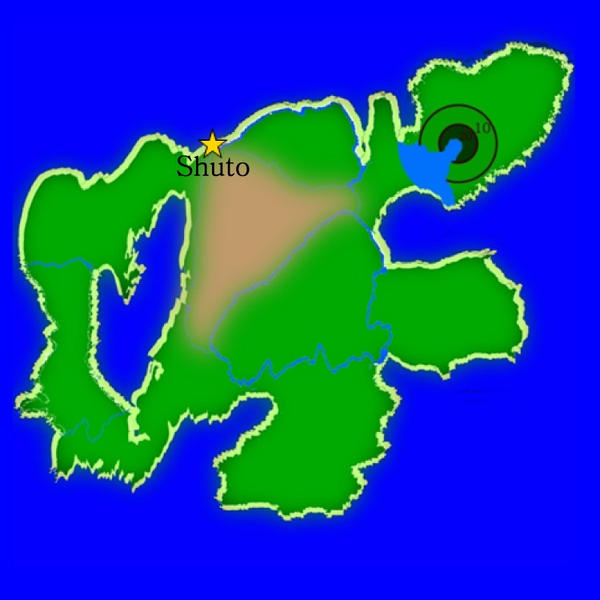
Climate:
Mazu, Sado, Daishi Ni, Fifusu and Dairoku: Arid climate.
Sebunsu, Daihachi, Daiku and Dajiu: Humid Continental Climate.
Daini Ni: Mediterranean Basin Climate.
terrain:
Mazu, Sado, Daishi Ni, Fifusu and Dairoku: are mostly flats deserts, little flats plains, steppes with abyssal fans, abyssal plains, aits, anabranches, natural arches, arroyos, ayres, shoals, barchans, barrier islands, bays, baymouth bars,bayous, beaches, beach ridges, bights, blowholes, blowouts, braided rivers, backswamps, calanques, capes, carolina bays, caves, cenotes, channels, cliffs, coasts on all of the edges, complex craters, confluences, continental shelves, coral reefs, coves, crater lakes, crevasse splays, cryovolcanoes, cuspate forelands, cutbanks, dells, desert pavements, desert varnishes, drainage basins, drainage divides, draws, dreikanters, drumlins, dry lakes, dunes, ejacta blankets, endorheic basins, ergs, eskers, estuarys, exhumed river channels, fault scarps, firths, fjards, floodplains, river islands, fluvial terrances, foibas, geysers, glens, grabens, gulfs, guyots, headlands, hills, hoodoos, horsts, impact craters, inlets, inverted reliefs, isthmuses, karsts, karst fensters, kettles, hillocks, lacustrine plains, lagoons, lakes, levees, limestone pavements, loess, terraces, maars, machairs, malpaís, marine terraces, marshes, meanders, mountain pass, mud volcanoes, oasis, oceans, oceanic basins, oceanic plateaus, mid-ocean ridges, oceanic trenches, oxbow lakes, peninsulas, pit craters, plunge pools, point bars, poljes, ponds, potreros, rootless cones, pull-apart basins, raised beaches, rapids, ravines, rias, riffles, rivers, river deltas, river islands, rock formations, rock shelters, rock-cut basins, river mouths, salt marshes, salt pans, sand volcanoes, sandhills, scowles, screes, seas, sea caves, seamounts, shoals, shores, shut-ins, sinkholes, sounds, spits, springs, stacks, straits, strandflats, stream pools, streams, benches, submarine canyons, submarine volcanoes, surge channels, swamps, tea tables, terracettes, tessellated pavements, thalwegs, tidal marshes, tidal pools, tombolos, tors, truncated spurs, turloughs, uvalas, ventifacts, waterfalls, wave-cut platforms, wall rocks, yardangs and yazoo steams.
Sebunsu, Daihachi, Daiku and Dajiu: are mostly flats plains, little flats ice sheets, steppes, tundras with abîmes, aits, alluvial fans, anabranches, natural arches , arêtes, arroyos, ayres, badlands, bayous, benches, blowholes, bornhardts, braided rivers, buttes, backswamps, calderas, canyons, carolina bays, caves, cenotes, channels, cirques, cliffs, complex craters, complex volcanoes, confluences, crater lakes, crevasse splays, crevasses, cryovolcanoes, cuestas, cutbanks, defiles, dells, dirt cones, dissected plateaus, domes, drainage basins, drainage divides, draws, dreikanters, drumlins, dry lakes, ejecta blankets, endorheic basins, escarpments, eskers, exhumed river channels, truncated spurs, fault scarps, fjords, flatirons, floodplains, river islands, fluvial terrances, foibas, geos, geysers, pyramidal peaks, glacier caves, glacier forelands, glaciers, glens, grabens, gullies, gulches, hanging valleys, hills, hogbacks, homoclinal ridges, hoodoos, horsts, impact craters, inverted reliefs, kame deltas, Kames, karsts, karst fensters, kettles, hillocks, lacustrine plains, lakes, lava domes, lavas, lava lakes, lava fields, lava spines, lava tubes, lavakas, levees, limestone pavements, loess, terraces, maars, malpaís, mamelons, marshes, meanders, mesas, mogotes, monadnocks, moraines, moulins, mountains, mountain pass, mountain ranges, mud volcanoes, nunataks, outwash fans, outwash plains, oxbow lakes, pediments, pediplains, peneplains, pingos, pit craters, plateaus, plunge pools, point bars, poljes, ponds, potreros, proglacial lakes, rootless cones, pull-apart basins, rapids, ravines, rias, rogen moraines, ridges, riffles, rift valleys, rivers, river deltas, river islands, roche moutonnées, rock formations, rock shelters, rock-cut basins, river mouths, salt marshes, salt pans, sand volcanoes, scowles, screes, shield volcanoes, shut-ins, side valleys, sinkholes, springs, straths, stratovolcanoes, stream pools, streams, homoclinal ridges, benches, subglacial mounds, summits, supervolcanoes, swamps, tea tables, tepuis, terracettes, tessellated pavements, thalwegs, tidal marshes, tors, trim lines, truncated spurs, tunnel valleys, turloughs, tuyas, u-shaped valleys, uvalas, vales, valleys, ventifacts,volcanic arcs, volcanic cones, volcanic craters, volcanic dams, volcanic fields, volcanic groups, volcanic plateaus, volcanic plugs, volcanoes, wadis, waterfalls, wall rocks, yardangs and yazoo streams.
Daini Ni: are mostly flats plains, little flat steppes, with aits, anabranches, arroyos, ayres,bayous, benches, blowholes, braided rivers, backswamps, carolina bays, channels, cliffs, complex craters, confluences, crater lakes, crevasse splays, cryovolcanoes, cutbanks, dells, drainage basins, drainage divides, draws, drumlins, dry lakes, ejecta blankets, endorheic basins, eskers, exhumed river channels, fault scraps, floodplains, river islands, fluvial terrances, foibas, geysers, glens, grabens, hills, hoodoos, horsts, impact craters, inverted reliefs, karsts, karst fensters, kettles, hillocks, lacustrine plains, lakes, levees, limestone pavements, loess, terraces, maars, malpaís, marshes, meanders, mountain pass, mud volcanoes, oxbow lakes, pit craters, plunge pools, point bars, poljes, ponds, potreros, rootless cones, pull-apart basins, rapids, ravines, rias, riffles, rivers, river deltas, river islands, rock formations, rock shelters, rock-cut basins, river mouths, salt marshes, salt pans, sand volcanoes, scowles, screes, shut-ins, sinkholes, springs, stream pools, streams, benches, swamps, tea tables, terracettes, tessellated pavements, thalwegs, tidal marshes, tors, truncated spurs, turloughs, uvalas, ventifacts, waterfalls, wall rocks, yardangs and yazoo streams.
Natural Resources:
High: arable lands, diamonds, fishes, golds, gemstones, hdyropowers, lobsters, mineral waters, petroleums, uraniums, wildlife and more.
Medium: arsenics, bauxites, barytes, coppers, chromites, calcium carbonates, fledspars, gypsums, irons, iron ores, industrial minerals,leads, limestones, molybdenums, manganeses, mecurys, nickels, niobiums, nautral rubbers, phosphates, potashs, silvers, sulfurs, salts, talcs, tins, tungstens, zincs and more.
Low: coals, natural gases, timbers, rare woods, rare earth elements and more.
Natural Hazards:
High: avalanches, ash falls, alluvial fans, calderas, floods, flood basalts, fogs, geyser deposits, hot springs, high seas, lahars, landslides, liquefactions, mudflows, pyroclastic flows, rock falls, tsunamis, torrents, soil compactions, sand dune migrations, volcanic eruptions, wildfires and more.
Medium: cold waves, downbursts, dust storms, eathquakes, firestorms, hailstorms,heat waves, haboobs, ice storms, storms, winter storms and more.
Low: blizzards, coastal erosions, cyclonic storms, droughts, diseases, dust devils, deadly lightnings, erosions, geomagnetic storms, gale warnings, ice jams, maelstroms, overpressure zones, soil liquefactions, sinkholes, shallow gas accumulations, subsidences, sags, tornadoes, tropical cyclones, waterspouts, zuds and more.
Geography:
The term "Dokusai Teikoku", when used in geographical sense, means The Dokusai Teikoku contains Mazu, Daini Ni, Sado, Daishi Ni, Fifusu, Dairoku, Sebunsu, Daihachi, Daiku and Dajiu.
General Characteristic:
The contiguous ten states are otherwise bounded by the north ocean (Unofficial name), the east ocean (Unofficial name), the south ocean (Unofficial name) and the west ocean (Unofficial name). This group is referred to, with varying precision and formality, as the contiguous of The Dokusai Teikoku and as the main 10. The capital city, Shuto, Mazu, is a federal district located on land donated by the state of Daini Ni.
Political Division:
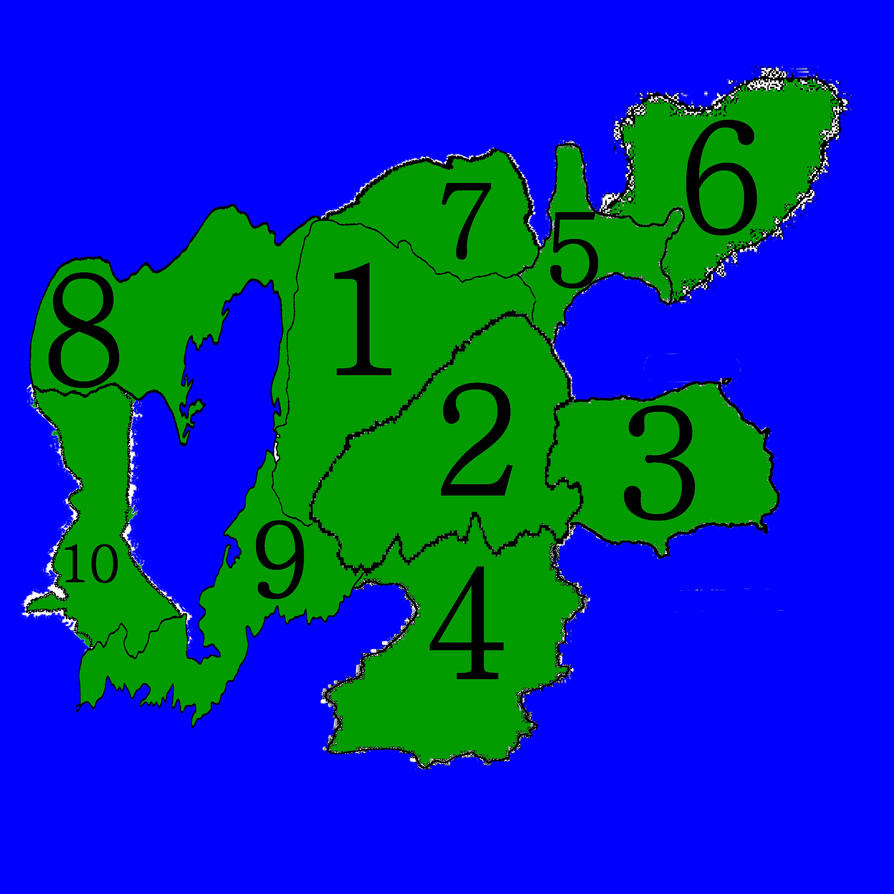
The primary political unit of The Dokusai Teikoku is the state. According to numerous decisions of the monarchy, the 10 individual states and The Dokusai Teikoku as a whole are each sovereign jurisdictions. The 5 original states fives colonies declared independence from The Quasar Kingdom in 5776. In 5777, they established a collective government under the article of Rengo. The Dokusai Teikoku constitutions suspended the articles in 5789 in the sense that it established and superimposed a consolidated political goverment over the Rengo union of geographical states. The constitutional establishes the political goverment of the monarchy of The Dokusai Teikoku, which includes the power to coin money and conduct foreign policy. The constitutional also maintains the sovereignty of each states.
The 5 additional states where admitted to The Union by acts of the monarchy, beginning with Dairoku in 5791 and ending with Dajiu in 5959.
ninth states (Daini Ni, Sado, Daishi Ni, Fifusu, Dairoku, Sebunsu, Daihachi and Daiku.) call themselves "Commonwealths." The word commonwealth in this context refers to the common "wealth", or welfare, of the public. The term has no legal impact.
The 10 states of The Dokusai Teikoku are as follow (This list including both the postal code abbreviation and the traditional abbreviation for each state):
1)Mazu (MA; Maz.):

2)Daini Ni (DN; DaN.):
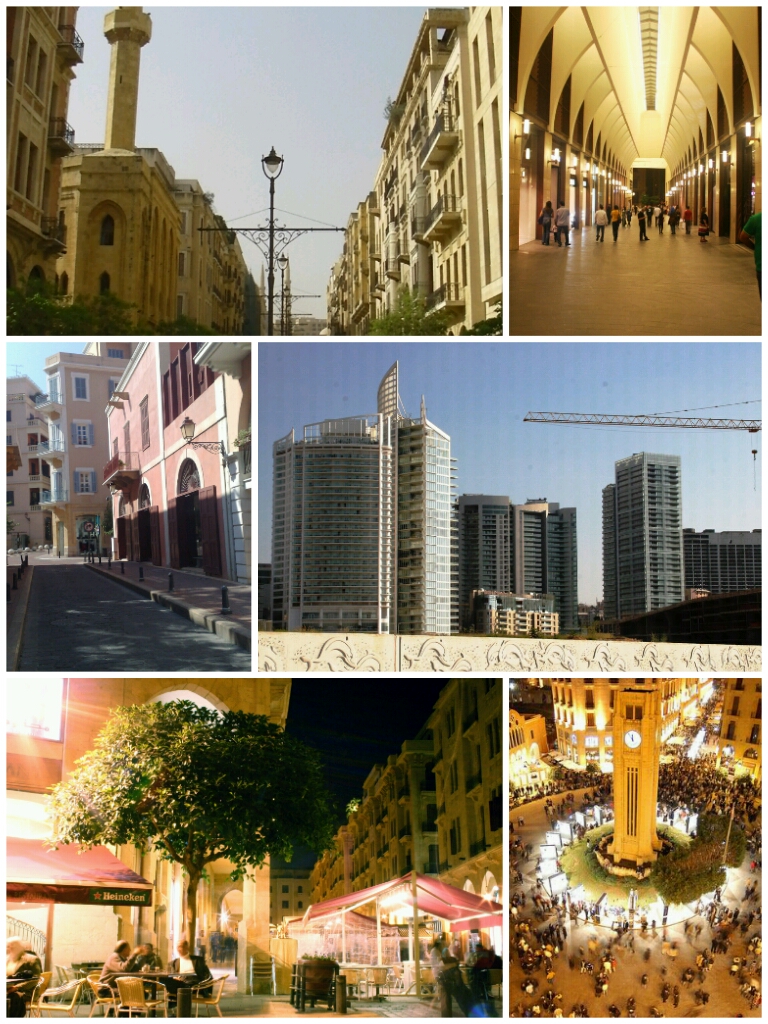
3)Sado (SA; Sad.):
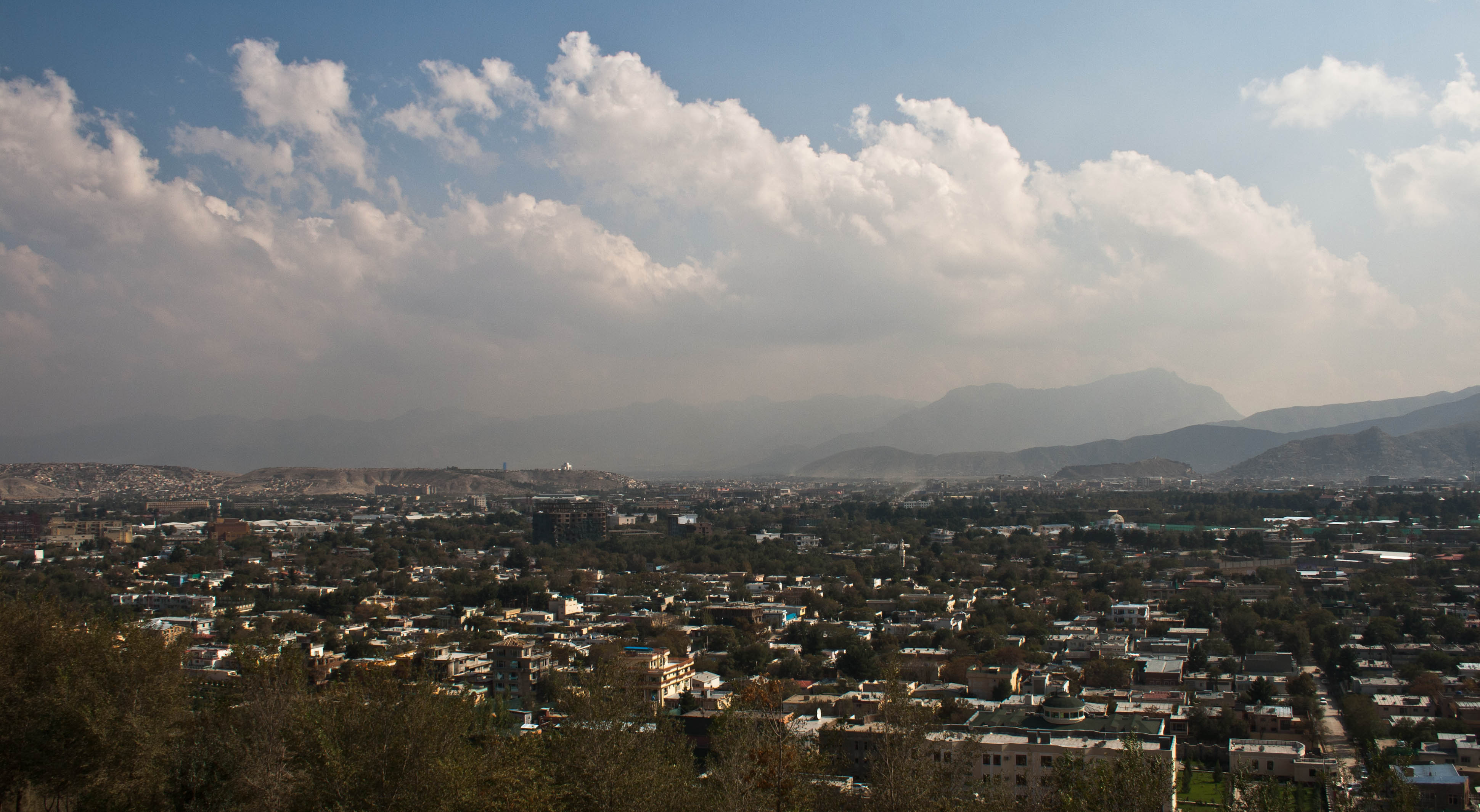
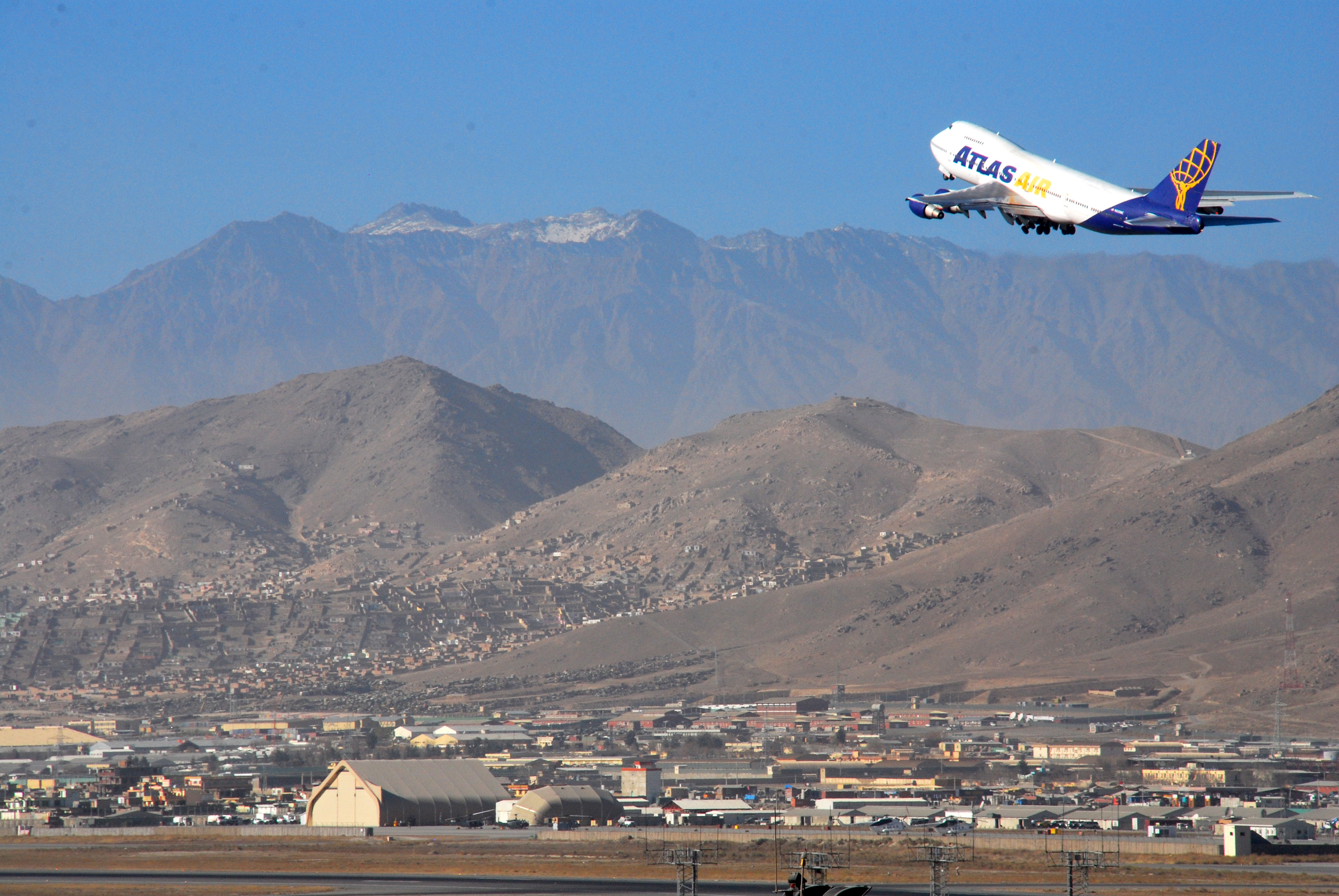
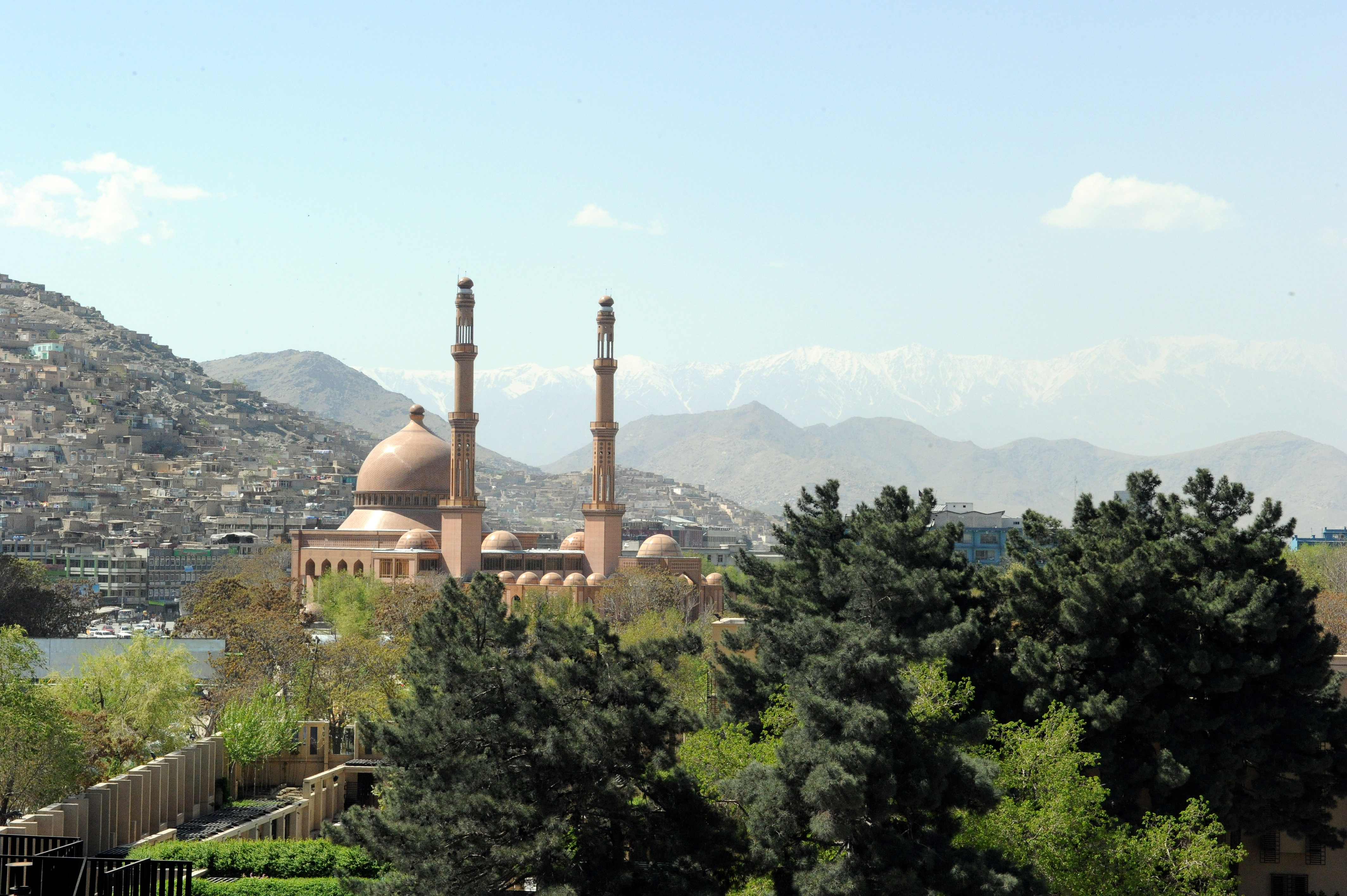
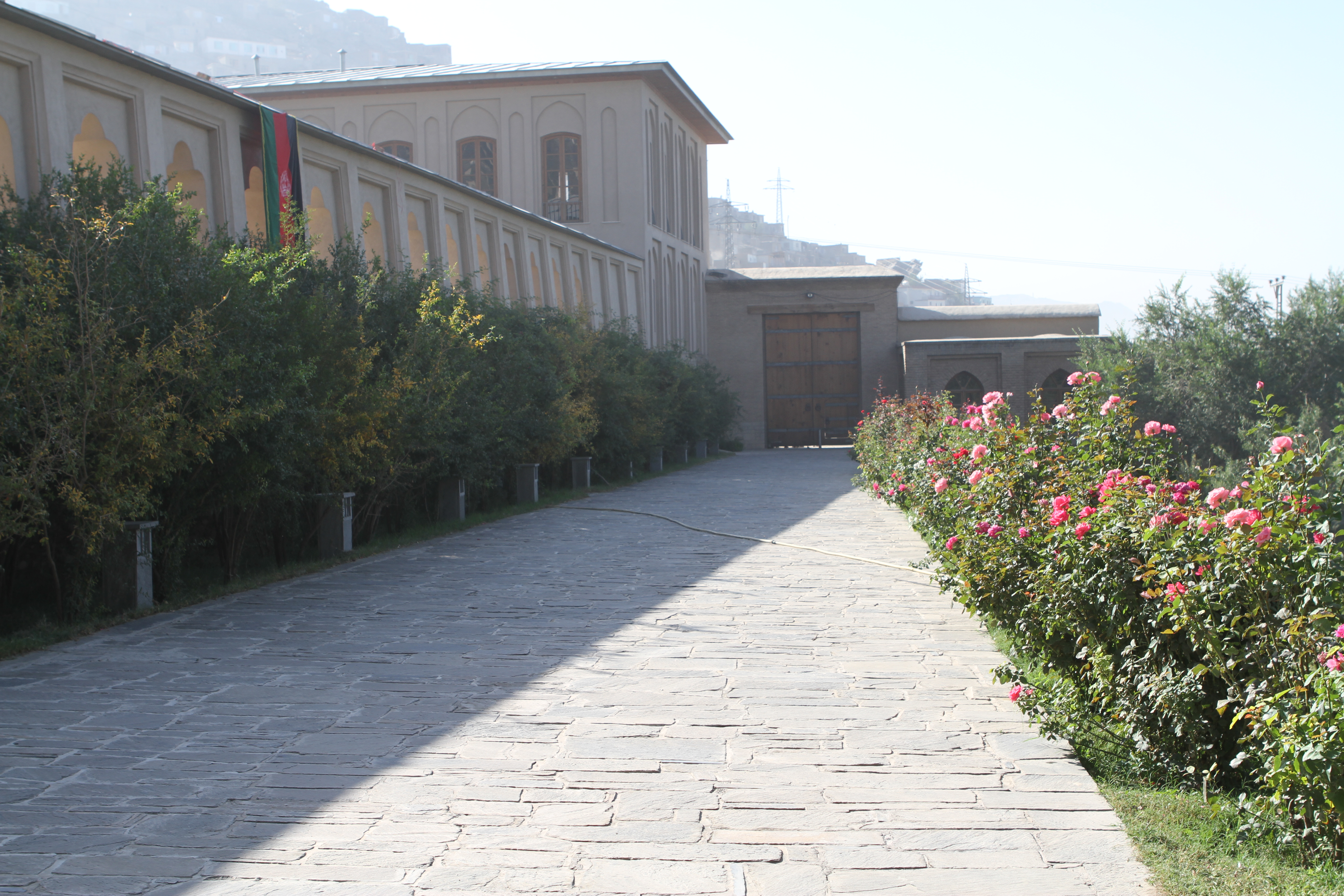
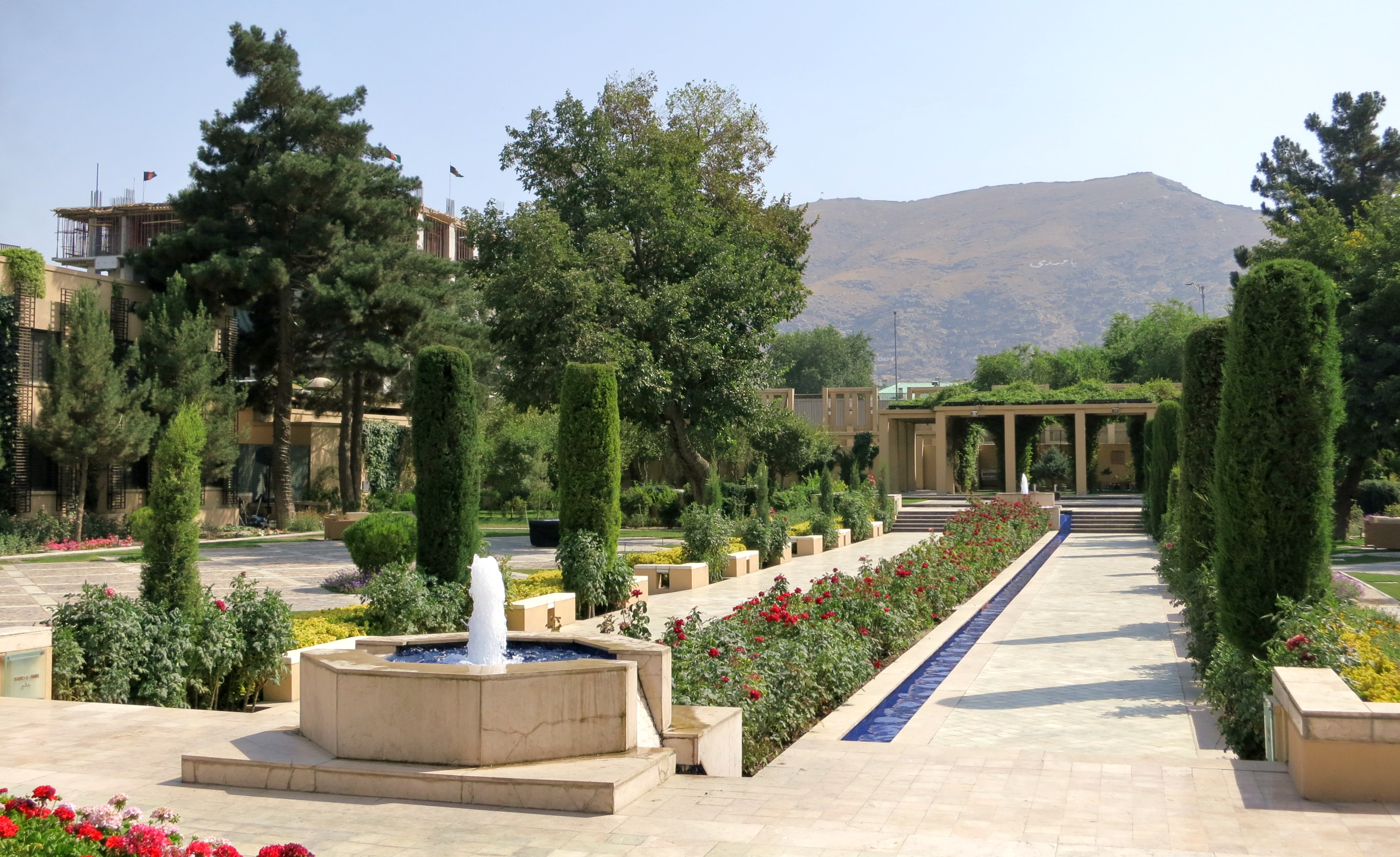


4)Daishi Ni (DAN; DaNi.):

5)Fifusu (FI; Fif.):

6)Dairoku (DA; Dai.):

7)Sebunsu (SE; Seb.):

8)Daihachi (DAI; Daih.):

9)Daiku (DAIK; Daik.):

10)Dajiu (DAJ; Daj.):

Politics in The Dokusai Teikoku:
Form of Government: Absolute Totalitarianism/Authoritarianism (Police State) Oligarchy Capitalism Feudalism Stratocracy Monarchy Empire.
King: Tairyo Hakai Heiki
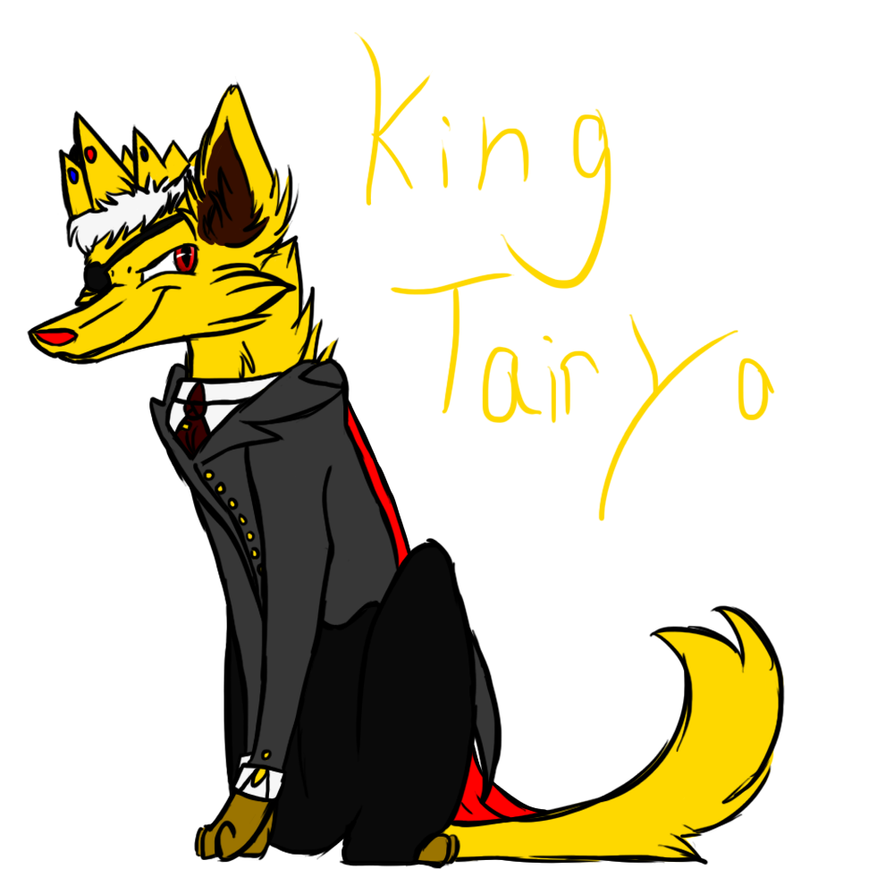
(Profile: oxymoronkingdoms.freeforums.net/post/1988 .)
Queen: Ei Heiki
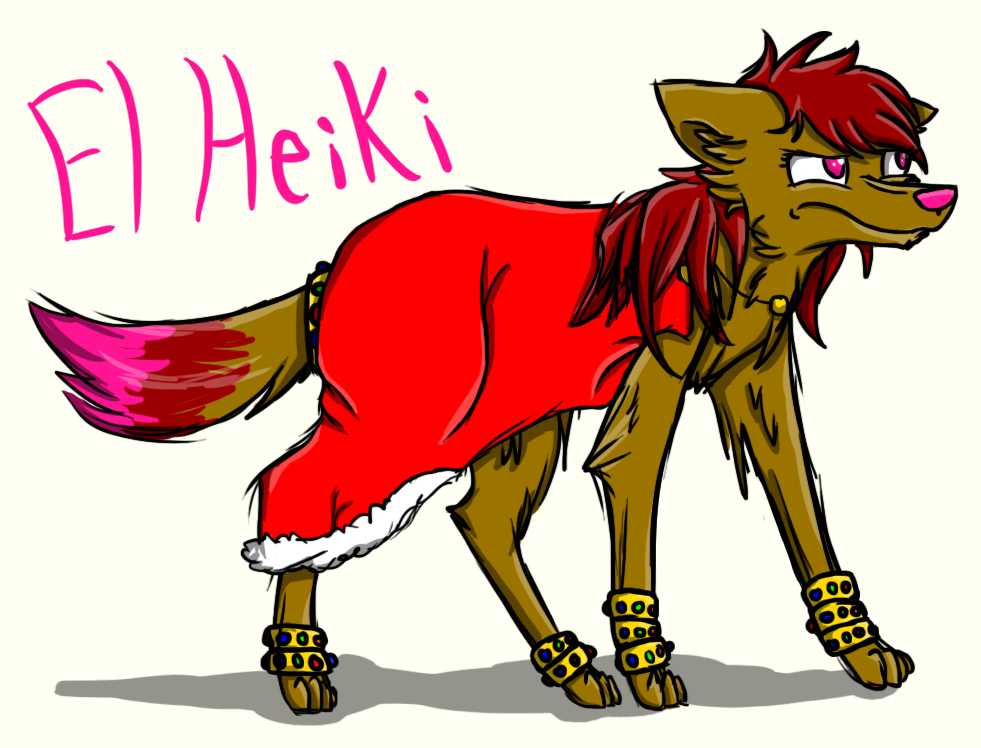
(Profile: oxymoronkingdoms.freeforums.net/post/6286 .)
The Dokusai Teikoku Armed Forces:
Service Branches:
Ministry of Defense:
*The The Dokusai Teikoku Land Forces
*The Dokusai Teikoku Air Forces
*The Dokusai Teikoku Air Defense Forces
*The Dokusai Teikoku Naval Forces
*The Dokusai Teikoku Strategic Force Commands
*The Dokusai Teikoku Space Forces
*The Dokusai Teikoku Cadet Corps
*The Dokusai Teikoku Training Commands
*The Dokusai Teikoku Marine Commando Forces
*The Dokusai Teikoku Para Commandos
*The Dokusai Teikoku Garud Commando Forces
*The Dokusai Teikoku Crisis Response Unit
*The Dokusai Teikoku Military Emergencies Units
*The Dokusai Teikoku Reserve Forces
*The Dokusai Teikoku Maintenance Corps
*The Dokusai Teikoku Joint Support Services
*The Dokusai Teikoku Military Health Services
*The Dokusai Teikoku General Intelligence Directorates
*The Dokusai Teikoku Defense Radio Establishments
*The Dokusai Teikoku Cyber Defense Forces
*The Dokusai Teikoku Design and Development Bureaus
Ministry of Security:
*The Dokusai Teikoku Border Guards
*The Dokusai Teikoku Coast Guards
*The Dokusai Teikoku Paramilitary Forces
*The Dokusai Teikoku Republican Guards
*The Dokusai Teikoku Security Guards
*The Dokusai Teikoku Home Guards
*The Dokusai Teikoku Space Forces
*The Dokusai Teikoku Military Emergencies Units
*The Dokusai Teikoku Maintenance Corps
*The Dokusai Teikoku Joint Support Services
*The Dokusai Teikoku Military Health Services
*The Dokusai Teikoku General Intelligence Directorates
*The Dokusai Teikoku Defense Radio Establishments
*The Dokusai Teikoku Cyber Defense Forces
*The Dokusai Teikoku Air Defense System
*The Dokusai Teikoku Design and Development Bureaus
*The Dokusai Teikoku Training Commands
Ministry of Emergency Situations:
*The Dokusai Teikoku Border Guards
*The Dokusai Teikoku Coast Guards
*The Dokusai Teikoku Paramilitary Forces
*The Dokusai Teikoku Republican Guards
*The Dokusai Teikoku Security Guards
*The Dokusai Teikoku Home Guards
*The Dokusai Teikoku Military Emergencies Units
*The Dokusai Teikoku Maintenance Corps
*The Dokusai Teikoku Joint Support Services
*The Dokusai Teikoku Military Health Services
*The Dokusai Teikoku Design and Development Bureaus
*The Dokusai Teikoku Training Commands
Headquarters:
Classified. (Classified for security reason).
Leadership:
Command In Chief: Tairyo The King and Ei the Queen.


Secretary of Defense, Security and Emergency Situations: Yokei Heiki (The son of Tairyo The King and El The Queen.).
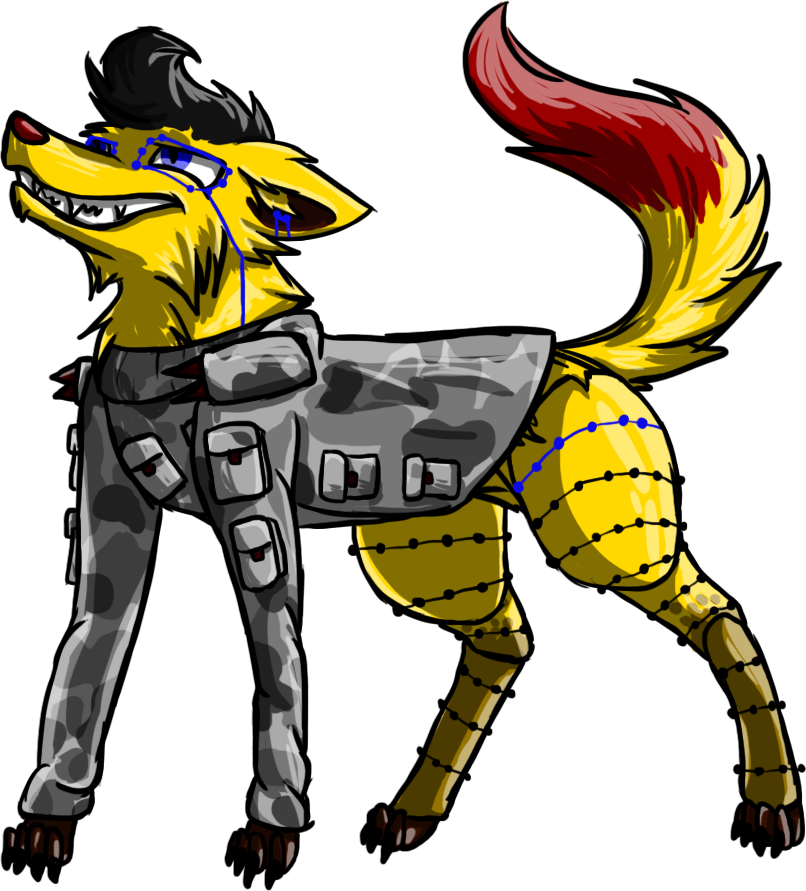
(Profile: oxymoronkingdoms.freeforums.net/post/6287 .)
The Dokusai Teikoku Armed Forces are the military forces of The Dokusai Teikoku. They consist of the Ministry of Defense (21 Service Branches), Ministry of Security (17 Service Branches) and Ministry of Emergency Situations (12 Service Branches). The Dokusai Teikoku Armed Forces has a strong tradition of military dictatorship. The King and The Queen of The Dokusai Teikoku is the military's overall head, and helps form military, security and emergency situations policy with The Dokusai Teikoku ministry of defense (MOD), ministry of security (MOS) and ministry of emergencies situations (MOES) are executive ministry, acting as the principle organ by which military, security and emergency situations policy is carried out. The MOD is headed by Secretary of Defense, The MOS is headed by Secretary of Security and The MOES is headed by Secretary of Emergencies Situations, who was in the military and are cabinet members. The Secretary of Defense, Secretary of Security and Secretary of Emergencies Situations are second in the military's chain of command, just below The King and The Queen of The Dokusai Teikoku, and serves as the principle assistant to the leader in all MOD, MOS and MOES-related matters. To coordinate military action with diplomacy, the leader has an advisory The Dokusai Teikoku National Security Council headed by a National Security Advisor. Both The King and The Queen, Secretary of Defense, Secretary of Security and Secretary of Emergencies Situations are advised by a 50-member Joint Chief Staff, which includes the head of each of the ministry of defense, ministry of security and ministry of emergencies situations' service branches. Leadership is provided by the chairman of the Joints Chiefs of Staff and the Vice of chairman of the Joint Chiefs of Staff.
All of the branches in the ministry of defense and ministry of security work together during some operations and joint missions, under the authority of the Secretary of Defense and Secretary of Security, which receives its operational orders from The King and The Queen of The Dokusai Teikoku.
The United States of New Sekai military is one of the largest militaries in term of number personnel. It compulsory for serving in the military (Conscription) in The Dokusai Teikoku. The Dokusai Teikoku is one of the largest military expenditures. The Dokusai Teikoku Armed Forces has significant capabilities in both defense and power projection thanks to its advanced and powerful equipment and its widespread deployment of force around the world.
The Dokusai Teikoku's Allies:
*None.
Neutral to The Dokusai Teikoku:
*None.
The Dokusai Teikoku's Enemies:
*None.
(OOC: This isn't finished yet. Also, plus I'm going to be fair aswell.)
Geography of The Dokusai Teikoku:

Climate:
Mazu, Sado, Daishi Ni, Fifusu and Dairoku: Arid climate.
Sebunsu, Daihachi, Daiku and Dajiu: Humid Continental Climate.
Daini Ni: Mediterranean Basin Climate.
terrain:
Mazu, Sado, Daishi Ni, Fifusu and Dairoku: are mostly flats deserts, little flats plains, steppes with abyssal fans, abyssal plains, aits, anabranches, natural arches, arroyos, ayres, shoals, barchans, barrier islands, bays, baymouth bars,bayous, beaches, beach ridges, bights, blowholes, blowouts, braided rivers, backswamps, calanques, capes, carolina bays, caves, cenotes, channels, cliffs, coasts on all of the edges, complex craters, confluences, continental shelves, coral reefs, coves, crater lakes, crevasse splays, cryovolcanoes, cuspate forelands, cutbanks, dells, desert pavements, desert varnishes, drainage basins, drainage divides, draws, dreikanters, drumlins, dry lakes, dunes, ejacta blankets, endorheic basins, ergs, eskers, estuarys, exhumed river channels, fault scarps, firths, fjards, floodplains, river islands, fluvial terrances, foibas, geysers, glens, grabens, gulfs, guyots, headlands, hills, hoodoos, horsts, impact craters, inlets, inverted reliefs, isthmuses, karsts, karst fensters, kettles, hillocks, lacustrine plains, lagoons, lakes, levees, limestone pavements, loess, terraces, maars, machairs, malpaís, marine terraces, marshes, meanders, mountain pass, mud volcanoes, oasis, oceans, oceanic basins, oceanic plateaus, mid-ocean ridges, oceanic trenches, oxbow lakes, peninsulas, pit craters, plunge pools, point bars, poljes, ponds, potreros, rootless cones, pull-apart basins, raised beaches, rapids, ravines, rias, riffles, rivers, river deltas, river islands, rock formations, rock shelters, rock-cut basins, river mouths, salt marshes, salt pans, sand volcanoes, sandhills, scowles, screes, seas, sea caves, seamounts, shoals, shores, shut-ins, sinkholes, sounds, spits, springs, stacks, straits, strandflats, stream pools, streams, benches, submarine canyons, submarine volcanoes, surge channels, swamps, tea tables, terracettes, tessellated pavements, thalwegs, tidal marshes, tidal pools, tombolos, tors, truncated spurs, turloughs, uvalas, ventifacts, waterfalls, wave-cut platforms, wall rocks, yardangs and yazoo steams.
Sebunsu, Daihachi, Daiku and Dajiu: are mostly flats plains, little flats ice sheets, steppes, tundras with abîmes, aits, alluvial fans, anabranches, natural arches , arêtes, arroyos, ayres, badlands, bayous, benches, blowholes, bornhardts, braided rivers, buttes, backswamps, calderas, canyons, carolina bays, caves, cenotes, channels, cirques, cliffs, complex craters, complex volcanoes, confluences, crater lakes, crevasse splays, crevasses, cryovolcanoes, cuestas, cutbanks, defiles, dells, dirt cones, dissected plateaus, domes, drainage basins, drainage divides, draws, dreikanters, drumlins, dry lakes, ejecta blankets, endorheic basins, escarpments, eskers, exhumed river channels, truncated spurs, fault scarps, fjords, flatirons, floodplains, river islands, fluvial terrances, foibas, geos, geysers, pyramidal peaks, glacier caves, glacier forelands, glaciers, glens, grabens, gullies, gulches, hanging valleys, hills, hogbacks, homoclinal ridges, hoodoos, horsts, impact craters, inverted reliefs, kame deltas, Kames, karsts, karst fensters, kettles, hillocks, lacustrine plains, lakes, lava domes, lavas, lava lakes, lava fields, lava spines, lava tubes, lavakas, levees, limestone pavements, loess, terraces, maars, malpaís, mamelons, marshes, meanders, mesas, mogotes, monadnocks, moraines, moulins, mountains, mountain pass, mountain ranges, mud volcanoes, nunataks, outwash fans, outwash plains, oxbow lakes, pediments, pediplains, peneplains, pingos, pit craters, plateaus, plunge pools, point bars, poljes, ponds, potreros, proglacial lakes, rootless cones, pull-apart basins, rapids, ravines, rias, rogen moraines, ridges, riffles, rift valleys, rivers, river deltas, river islands, roche moutonnées, rock formations, rock shelters, rock-cut basins, river mouths, salt marshes, salt pans, sand volcanoes, scowles, screes, shield volcanoes, shut-ins, side valleys, sinkholes, springs, straths, stratovolcanoes, stream pools, streams, homoclinal ridges, benches, subglacial mounds, summits, supervolcanoes, swamps, tea tables, tepuis, terracettes, tessellated pavements, thalwegs, tidal marshes, tors, trim lines, truncated spurs, tunnel valleys, turloughs, tuyas, u-shaped valleys, uvalas, vales, valleys, ventifacts,volcanic arcs, volcanic cones, volcanic craters, volcanic dams, volcanic fields, volcanic groups, volcanic plateaus, volcanic plugs, volcanoes, wadis, waterfalls, wall rocks, yardangs and yazoo streams.
Daini Ni: are mostly flats plains, little flat steppes, with aits, anabranches, arroyos, ayres,bayous, benches, blowholes, braided rivers, backswamps, carolina bays, channels, cliffs, complex craters, confluences, crater lakes, crevasse splays, cryovolcanoes, cutbanks, dells, drainage basins, drainage divides, draws, drumlins, dry lakes, ejecta blankets, endorheic basins, eskers, exhumed river channels, fault scraps, floodplains, river islands, fluvial terrances, foibas, geysers, glens, grabens, hills, hoodoos, horsts, impact craters, inverted reliefs, karsts, karst fensters, kettles, hillocks, lacustrine plains, lakes, levees, limestone pavements, loess, terraces, maars, malpaís, marshes, meanders, mountain pass, mud volcanoes, oxbow lakes, pit craters, plunge pools, point bars, poljes, ponds, potreros, rootless cones, pull-apart basins, rapids, ravines, rias, riffles, rivers, river deltas, river islands, rock formations, rock shelters, rock-cut basins, river mouths, salt marshes, salt pans, sand volcanoes, scowles, screes, shut-ins, sinkholes, springs, stream pools, streams, benches, swamps, tea tables, terracettes, tessellated pavements, thalwegs, tidal marshes, tors, truncated spurs, turloughs, uvalas, ventifacts, waterfalls, wall rocks, yardangs and yazoo streams.
Natural Resources:
High: arable lands, diamonds, fishes, golds, gemstones, hdyropowers, lobsters, mineral waters, petroleums, uraniums, wildlife and more.
Medium: arsenics, bauxites, barytes, coppers, chromites, calcium carbonates, fledspars, gypsums, irons, iron ores, industrial minerals,leads, limestones, molybdenums, manganeses, mecurys, nickels, niobiums, nautral rubbers, phosphates, potashs, silvers, sulfurs, salts, talcs, tins, tungstens, zincs and more.
Low: coals, natural gases, timbers, rare woods, rare earth elements and more.
Natural Hazards:
High: avalanches, ash falls, alluvial fans, calderas, floods, flood basalts, fogs, geyser deposits, hot springs, high seas, lahars, landslides, liquefactions, mudflows, pyroclastic flows, rock falls, tsunamis, torrents, soil compactions, sand dune migrations, volcanic eruptions, wildfires and more.
Medium: cold waves, downbursts, dust storms, eathquakes, firestorms, hailstorms,heat waves, haboobs, ice storms, storms, winter storms and more.
Low: blizzards, coastal erosions, cyclonic storms, droughts, diseases, dust devils, deadly lightnings, erosions, geomagnetic storms, gale warnings, ice jams, maelstroms, overpressure zones, soil liquefactions, sinkholes, shallow gas accumulations, subsidences, sags, tornadoes, tropical cyclones, waterspouts, zuds and more.
Geography:
The term "Dokusai Teikoku", when used in geographical sense, means The Dokusai Teikoku contains Mazu, Daini Ni, Sado, Daishi Ni, Fifusu, Dairoku, Sebunsu, Daihachi, Daiku and Dajiu.
General Characteristic:
The contiguous ten states are otherwise bounded by the north ocean (Unofficial name), the east ocean (Unofficial name), the south ocean (Unofficial name) and the west ocean (Unofficial name). This group is referred to, with varying precision and formality, as the contiguous of The Dokusai Teikoku and as the main 10. The capital city, Shuto, Mazu, is a federal district located on land donated by the state of Daini Ni.
Political Division:

The primary political unit of The Dokusai Teikoku is the state. According to numerous decisions of the monarchy, the 10 individual states and The Dokusai Teikoku as a whole are each sovereign jurisdictions. The 5 original states fives colonies declared independence from The Quasar Kingdom in 5776. In 5777, they established a collective government under the article of Rengo. The Dokusai Teikoku constitutions suspended the articles in 5789 in the sense that it established and superimposed a consolidated political goverment over the Rengo union of geographical states. The constitutional establishes the political goverment of the monarchy of The Dokusai Teikoku, which includes the power to coin money and conduct foreign policy. The constitutional also maintains the sovereignty of each states.
The 5 additional states where admitted to The Union by acts of the monarchy, beginning with Dairoku in 5791 and ending with Dajiu in 5959.
ninth states (Daini Ni, Sado, Daishi Ni, Fifusu, Dairoku, Sebunsu, Daihachi and Daiku.) call themselves "Commonwealths." The word commonwealth in this context refers to the common "wealth", or welfare, of the public. The term has no legal impact.
The 10 states of The Dokusai Teikoku are as follow (This list including both the postal code abbreviation and the traditional abbreviation for each state):
1)Mazu (MA; Maz.):

2)Daini Ni (DN; DaN.):

3)Sado (SA; Sad.):







4)Daishi Ni (DAN; DaNi.):

5)Fifusu (FI; Fif.):

6)Dairoku (DA; Dai.):

7)Sebunsu (SE; Seb.):

8)Daihachi (DAI; Daih.):

9)Daiku (DAIK; Daik.):

10)Dajiu (DAJ; Daj.):

Politics in The Dokusai Teikoku:
Form of Government: Absolute Totalitarianism/Authoritarianism (Police State) Oligarchy Capitalism Feudalism Stratocracy Monarchy Empire.
King: Tairyo Hakai Heiki

(Profile: oxymoronkingdoms.freeforums.net/post/1988 .)
Queen: Ei Heiki

(Profile: oxymoronkingdoms.freeforums.net/post/6286 .)
The Dokusai Teikoku Armed Forces:
Service Branches:
Ministry of Defense:
*The The Dokusai Teikoku Land Forces
*The Dokusai Teikoku Air Forces
*The Dokusai Teikoku Air Defense Forces
*The Dokusai Teikoku Naval Forces
*The Dokusai Teikoku Strategic Force Commands
*The Dokusai Teikoku Space Forces
*The Dokusai Teikoku Cadet Corps
*The Dokusai Teikoku Training Commands
*The Dokusai Teikoku Marine Commando Forces
*The Dokusai Teikoku Para Commandos
*The Dokusai Teikoku Garud Commando Forces
*The Dokusai Teikoku Crisis Response Unit
*The Dokusai Teikoku Military Emergencies Units
*The Dokusai Teikoku Reserve Forces
*The Dokusai Teikoku Maintenance Corps
*The Dokusai Teikoku Joint Support Services
*The Dokusai Teikoku Military Health Services
*The Dokusai Teikoku General Intelligence Directorates
*The Dokusai Teikoku Defense Radio Establishments
*The Dokusai Teikoku Cyber Defense Forces
*The Dokusai Teikoku Design and Development Bureaus
Ministry of Security:
*The Dokusai Teikoku Border Guards
*The Dokusai Teikoku Coast Guards
*The Dokusai Teikoku Paramilitary Forces
*The Dokusai Teikoku Republican Guards
*The Dokusai Teikoku Security Guards
*The Dokusai Teikoku Home Guards
*The Dokusai Teikoku Space Forces
*The Dokusai Teikoku Military Emergencies Units
*The Dokusai Teikoku Maintenance Corps
*The Dokusai Teikoku Joint Support Services
*The Dokusai Teikoku Military Health Services
*The Dokusai Teikoku General Intelligence Directorates
*The Dokusai Teikoku Defense Radio Establishments
*The Dokusai Teikoku Cyber Defense Forces
*The Dokusai Teikoku Air Defense System
*The Dokusai Teikoku Design and Development Bureaus
*The Dokusai Teikoku Training Commands
Ministry of Emergency Situations:
*The Dokusai Teikoku Border Guards
*The Dokusai Teikoku Coast Guards
*The Dokusai Teikoku Paramilitary Forces
*The Dokusai Teikoku Republican Guards
*The Dokusai Teikoku Security Guards
*The Dokusai Teikoku Home Guards
*The Dokusai Teikoku Military Emergencies Units
*The Dokusai Teikoku Maintenance Corps
*The Dokusai Teikoku Joint Support Services
*The Dokusai Teikoku Military Health Services
*The Dokusai Teikoku Design and Development Bureaus
*The Dokusai Teikoku Training Commands
Headquarters:
Classified. (Classified for security reason).
Leadership:
Command In Chief: Tairyo The King and Ei the Queen.


Secretary of Defense, Security and Emergency Situations: Yokei Heiki (The son of Tairyo The King and El The Queen.).

(Profile: oxymoronkingdoms.freeforums.net/post/6287 .)
The Dokusai Teikoku Armed Forces are the military forces of The Dokusai Teikoku. They consist of the Ministry of Defense (21 Service Branches), Ministry of Security (17 Service Branches) and Ministry of Emergency Situations (12 Service Branches). The Dokusai Teikoku Armed Forces has a strong tradition of military dictatorship. The King and The Queen of The Dokusai Teikoku is the military's overall head, and helps form military, security and emergency situations policy with The Dokusai Teikoku ministry of defense (MOD), ministry of security (MOS) and ministry of emergencies situations (MOES) are executive ministry, acting as the principle organ by which military, security and emergency situations policy is carried out. The MOD is headed by Secretary of Defense, The MOS is headed by Secretary of Security and The MOES is headed by Secretary of Emergencies Situations, who was in the military and are cabinet members. The Secretary of Defense, Secretary of Security and Secretary of Emergencies Situations are second in the military's chain of command, just below The King and The Queen of The Dokusai Teikoku, and serves as the principle assistant to the leader in all MOD, MOS and MOES-related matters. To coordinate military action with diplomacy, the leader has an advisory The Dokusai Teikoku National Security Council headed by a National Security Advisor. Both The King and The Queen, Secretary of Defense, Secretary of Security and Secretary of Emergencies Situations are advised by a 50-member Joint Chief Staff, which includes the head of each of the ministry of defense, ministry of security and ministry of emergencies situations' service branches. Leadership is provided by the chairman of the Joints Chiefs of Staff and the Vice of chairman of the Joint Chiefs of Staff.
All of the branches in the ministry of defense and ministry of security work together during some operations and joint missions, under the authority of the Secretary of Defense and Secretary of Security, which receives its operational orders from The King and The Queen of The Dokusai Teikoku.
The United States of New Sekai military is one of the largest militaries in term of number personnel. It compulsory for serving in the military (Conscription) in The Dokusai Teikoku. The Dokusai Teikoku is one of the largest military expenditures. The Dokusai Teikoku Armed Forces has significant capabilities in both defense and power projection thanks to its advanced and powerful equipment and its widespread deployment of force around the world.
The Dokusai Teikoku's Allies:
*None.
Neutral to The Dokusai Teikoku:
*None.
The Dokusai Teikoku's Enemies:
*None.
(OOC: This isn't finished yet. Also, plus I'm going to be fair aswell.)


